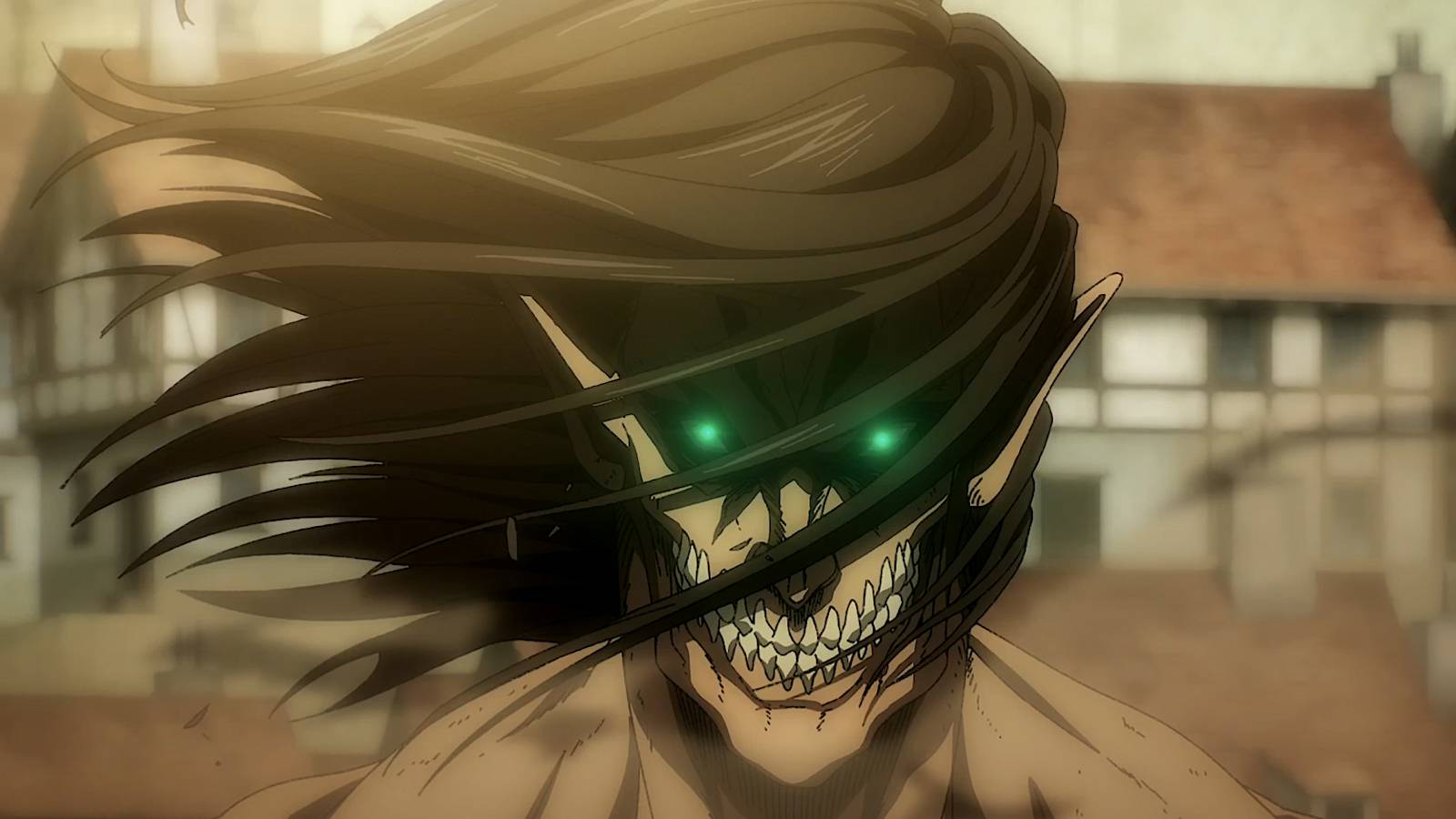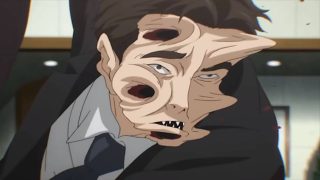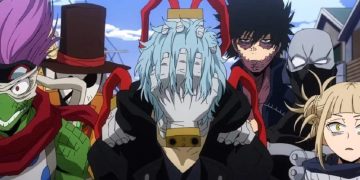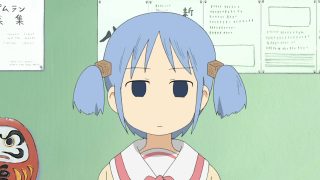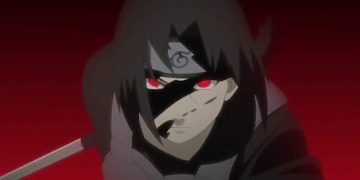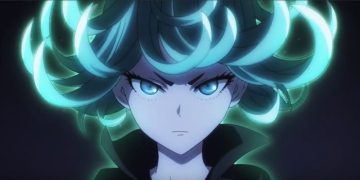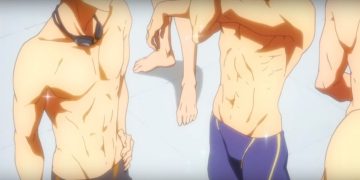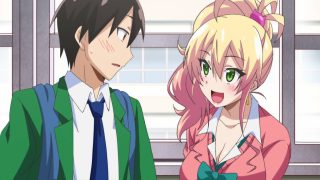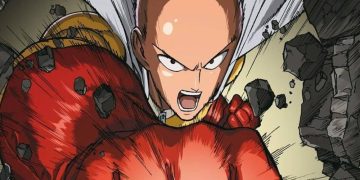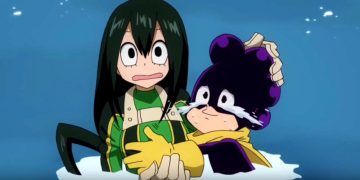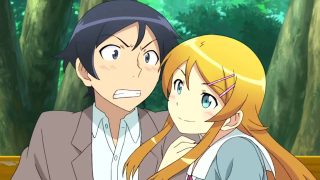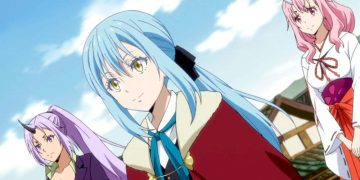As unique as many anime series are, it's rare to find one that doesn't have any of the usual tropes. Many animes use the same type of scenes, characters, and episode patterns—but for what reason?
Sometimes, anime tropes exist out of laziness or fan service. Other times, anime tropes are there to establish familiarity for viewers. And yet other times, anime tropes can be used to set up subversions later on.
But when they're done poorly, many anime tropes can be downright annoying, especially when they keep popping up everywhere. Here are the most annoying anime tropes you're bound to run into.
13. Becoming a Monster You Despise
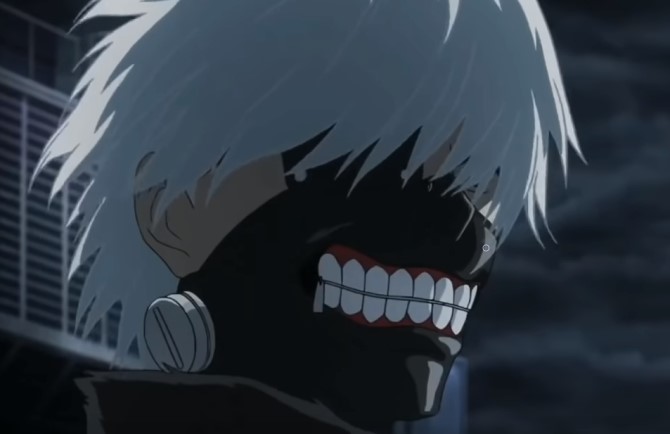
What do Tokyo Ghoul, Attack on Titan, and Devilman Crybaby have in common? All of the main characters transform into something they hate, whether it's a ghoul, titan, or demon.
This overused trope can help us to see the good in evil, but it loses its effect when it appears so many times.
12. Neverending Fights
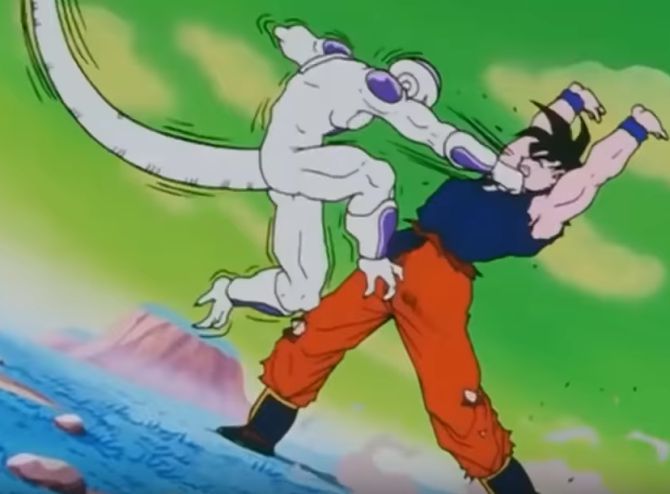
Some anime fight scenes never seem to end. Dragon Ball Z is the shining example of this trope, particularly with the battle between Goku and Frieza, which gets dragged out for several episodes despite the actual fighting action only lasting about five minutes.
Popular shonen animes are pretty bad about this, and you'll end up watching tons of filler episodes just to get through one fight.
11. Sitting Near the Window in Class
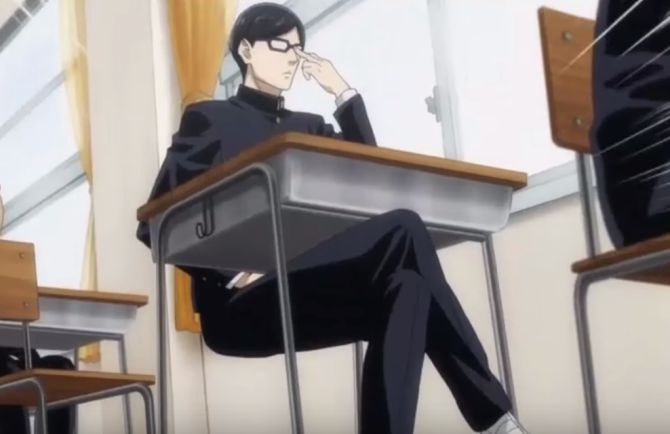
Have you noticed that in almost every high school anime, the main character always sits next to the window? In real life, everyone loves the window seat, but that probably isn't the real reason why you see so many characters sit there in animes.
Artists likely place the main characters next to windows because it's ultimately easier to draw. They don't have to worry about filling in the details of the classroom or other students!
10. Female Characters Beating Up Male Characters
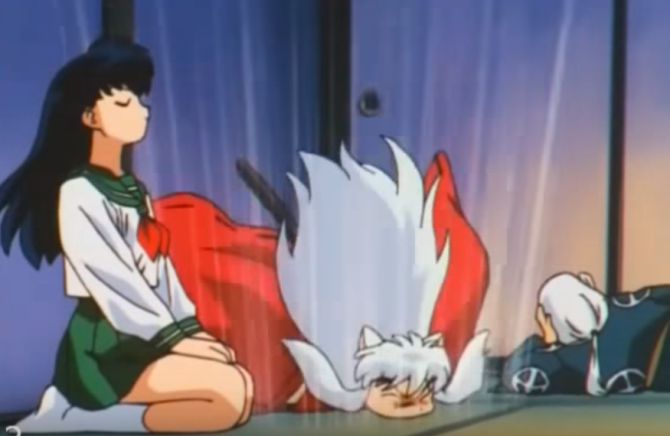
Men hitting women is undoubtedly frowned upon in anime and in real life. But for some reason, women beating or hitting men in anime is acceptable. You'll often see women punching, smacking, and yelling at their male counterparts for doing something "stupid."
There's a clear double standard here. People shouldn't beat each other up, period, no matter their gender!
9. Mysterious Characters With a Dark Past
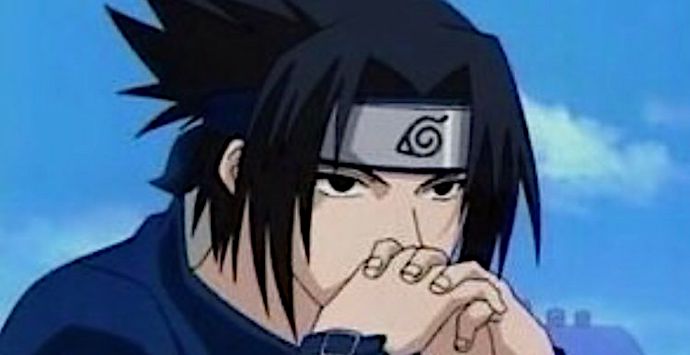
There's always that one character in an anime who doesn't say much, who almost never smiles, who's utterly cold-hearted. Usually, these characters have become hardened thanks to their tragic past.
Sasuke from Naruto is a prime example of this annoying trope, but you also have examples in Ray from The Promised Neverland and L from Death Note. When you see so many characters with the same edgy vibe, it becomes hard to take seriously.
8. Weak Female Characters
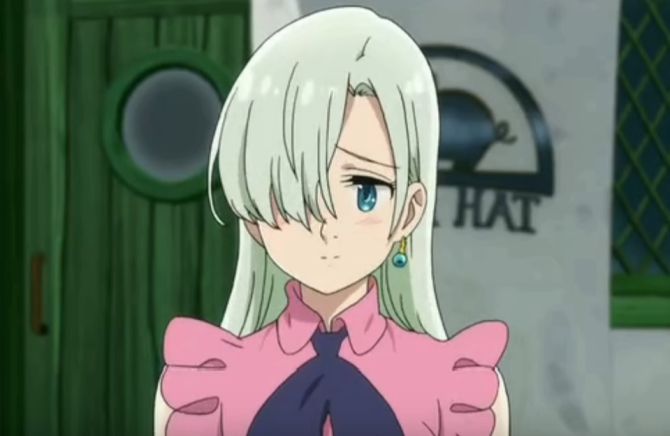
Not all animes feature powerful female characters. On the contrary, many animes have fragile women who come off as helpless, and these weak women are often ditzy damsels in distress.
You'll especially notice this in Elizabeth from The Seven Deadly Sins, Sakura from Naruto, and Asuna from Sword Art Online.
But as painful as these characters might be to watch, we shouldn't look down on or demonize them. The creators of weak female characters are likely influenced by cultural sexist stereotypes.
7. Overexplaining Fight Sequences
When you watch an anime that involves fight scenes, you'll notice that the dueling characters like to yell out every move they're about to perform. Isn't this counterintuitive? After all, yelling out your attacks allows enemies to react to your next move.
However, the yelling never seems to have an effect on the battle. Somehow, the enemy still manages to get hurt even though they have more than enough time to get out of the way.
6. Beach Episodes
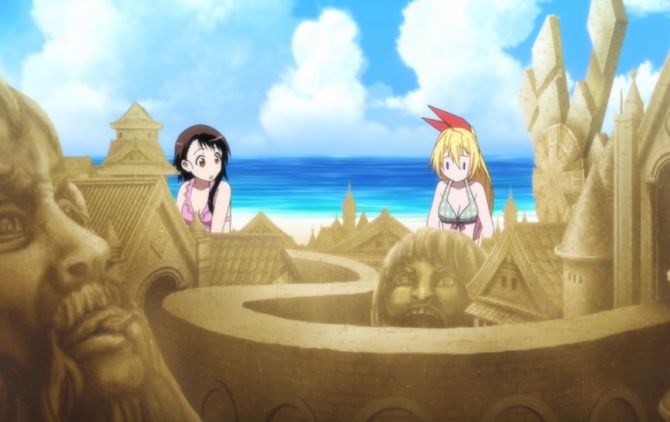
Beach or pool episodes appear in so many anime series. Even the beloved Avatar: The Last Airbender had one of these!
Such filler episodes serve no purpose whatsoever and contribute absolutely nothing to the main storyline. Fan service is the only reason why beach episodes exist, giving viewers the chance to see their favorite characters romp around in swimsuits.
5. Oblivious Main Male Character
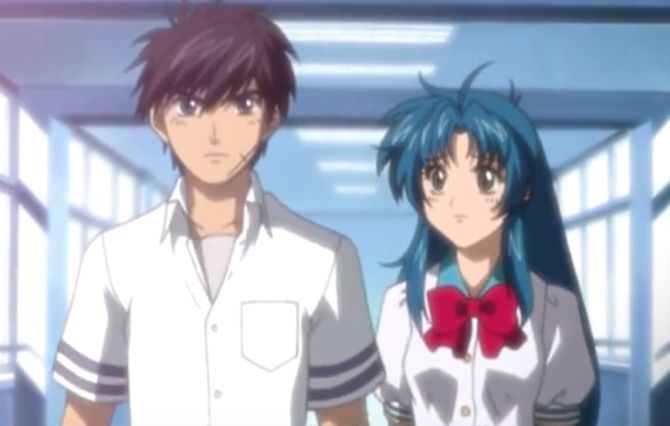
You'd think that the main character of an anime would have some degree of intelligence, at least. Instead, many main characters (who are mostly male) are inflicted with utter obliviousness.
They're completely clueless when it comes to girls who are interested in them, and they can't think for themselves. After a while, it's frustrating to watch an anime with a main character who's so clueless.
4. Overpowered Characters
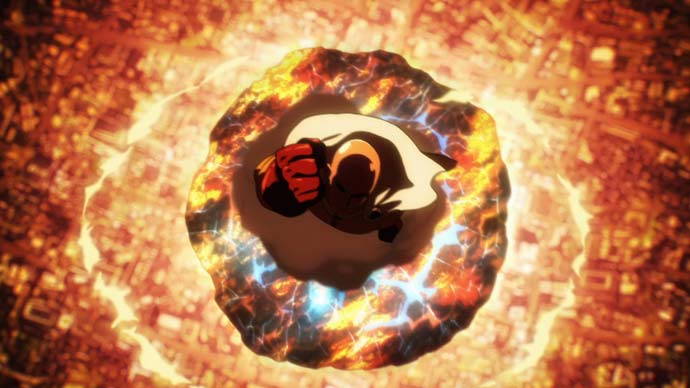
Overpowered main characters have become a growing trend in modern anime series, especially in the isekai genre. They always dominate fight scenes, whether it's one-versus-one or one-versus-many.
Sure, badass fighters and thrilling fights are must-naves in shonen animes, but when an overpowered main character lacks dynamics and easily wins every time, it deflates the tension and makes the overall narrative bland, unengaging, and uninteresting.
Fortunately, a few subversive anime series have come out with dynamic characters who are seemingly overpowered but generate tension and drama through other means.
3. Pervy Characters
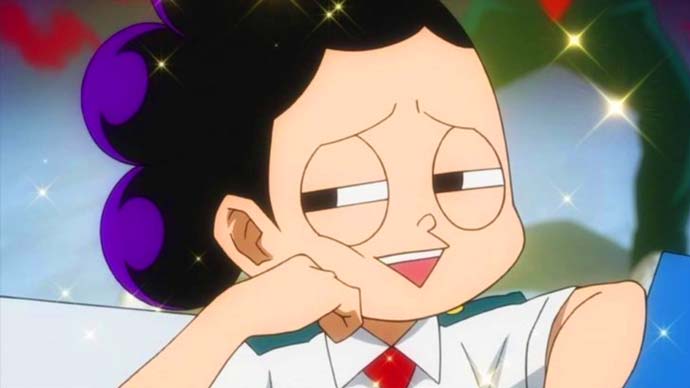
Dirty jokes and perverted characters are usually there to provide levity and make certain scenes easier to absorb for both young and mature audiences. However, too much of this pervertedness can often ruin a character's likability.
One example is Meliodas of The Seven Deadly Sins. His casual perverted attitude toward Elizabeth (during the early parts of the series) ruined not only his character but also the princess's character.
Another terrible example is Minoru Mineta of My Hero Academia, who's really just there to be a gag and has no depth. In fact, his pervertedness is so over the top that he's universally hated by fans.
But then you have Master Roshi (Dragon Ball), Jiraiya (Naruto), and Brook (One Piece), who are notable examples of perverted characters who are likable and play important roles in their stories.
2. Sister Complex
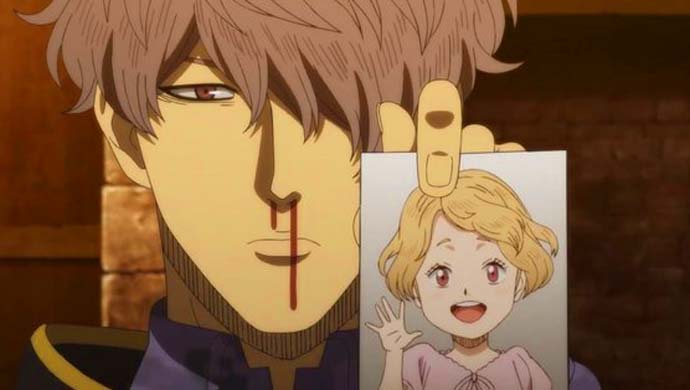
The tropes "brother-sister relationship" and "sister complex" may seem similar on the surface, but they're different in key ways.
Characters with sister complexes are usually young guys—like Gauche (Black Clover) and Lance (Mashle: Magic and Muscles)—who are unusually obsessed with their sisters, to the point where they'll have nosebleeds just by thinking about or looking at a picture of their sisters.
While the brother-sister relationship trope can be somewhat acceptable because it can help in the development of certain characters, the sister complex trope is more of a running gag. However, it's pretty creepy, awkward, and disturbing.
1. Harems
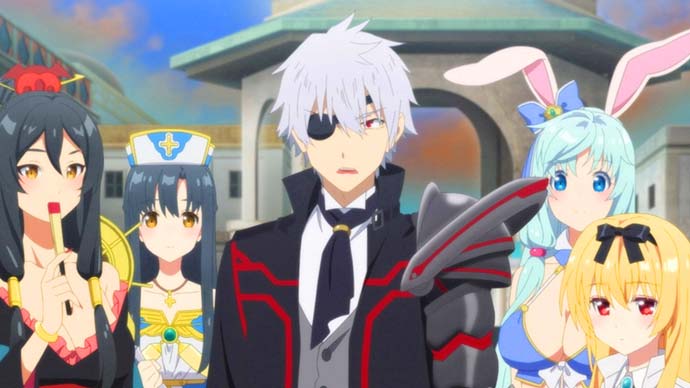
The harem genre in anime is when a male lead is surrounded by only female characters. (There's also the reverse harem, in which a female lead is surrounded only by male characters.)
This premise has become overused in the isekai genre, causing these animes to feel way too similar to one another.
Most of them go like this: one day, an isekai'd character goes on an adventure, finds a helpless girl, and invites her to become a companion. The next day, he finds another and invites her, too. So on and so forth until he's swarmed by an entire party of females.
It's gotten to the point where isekai animes with male leads are almost required to have harems. What's worse is when these stories go heavy on the romance, with all of the members of the harem fighting with each other to become the main character's love interest!
